
Patios, Walkways & Driveways
We unite suppliers and green industry professionals worldwide
Baby corn is often referred to as "young corn" or "cornlets," and it is a cereal grain taken from corn harvested earlier, while the ears are still small and immature.
By Mariam Scott
|Published on September 05, 2025


Baby corn is often referred to as "young corn" or "cornlets," and it is a cereal grain taken from corn harvested earlier, while the ears are still small and immature. While baby corn is understandably associated with Asian cuisines, its unique texture and sweet taste have made it a favorite around the world.
Unlike traditional corn, baby corns are kernels that grow at an early stage of development, resulting in a mild taste and are great to be roasted, grilled or steamed to put them together in any stir fry, salad or soups. Their tiny size and inherent sweetness mean that it is popular throughout many culinary traditions, both for their looks and nutritional benefits.
| Scientific Name | Zea mays var. nana |
| Common Names | Baby Corn, Young Corn, Cornlets |
| Family | Poaceae (Grass Family) |
| Genus | Zea |
| Species | Zea mays (Common Corn) |
| Cultivar | Baby corn varieties are typically hybrid, bred for early harvest and compact ear size. Some popular cultivars include Golden Baby, Supersweet Baby Corn and Hybrid Baby Corn. |

September 18, 2025
10 minute read
September 17, 2025
9 minute read
September 17, 2025
20 minute read
September 17, 2025
20 minute read


Join as a seller and connect with thousands of B2B buyers nationwide!
Sign Up
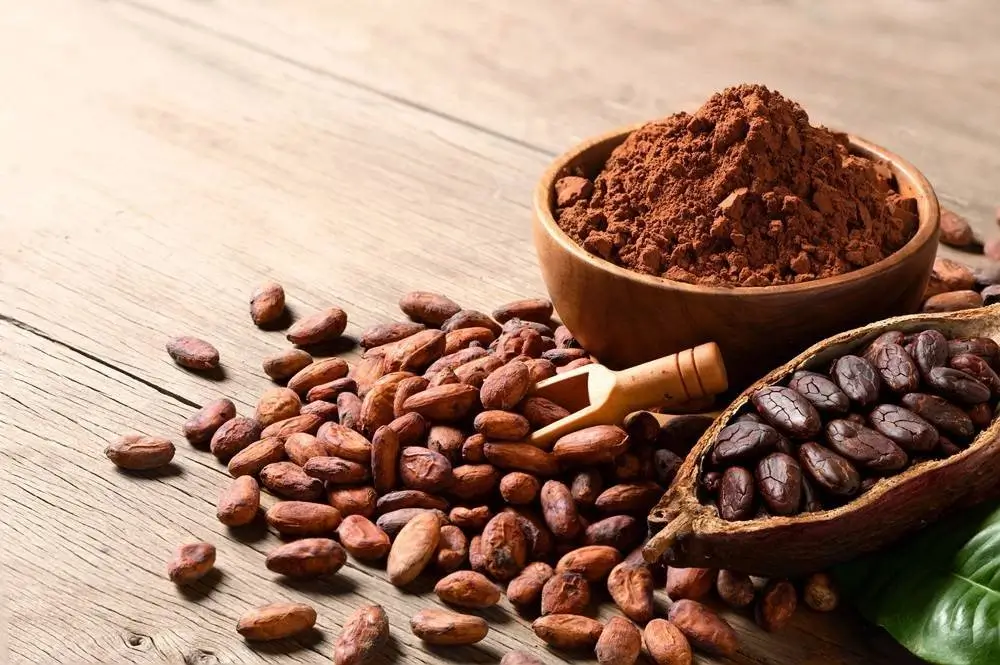
Cacao
Cacao, also known as Theobroma cacao, is a tropical tree that is popular with many chocolate lovers.

Daikon Radish April Cross
The April Cross Daikon is famous for its high-quality white roots, smooth texture and sturdy growth.

Edamame
Edamame is a member of the Glycine genus in the Leguminosae (Fabaceae) family.
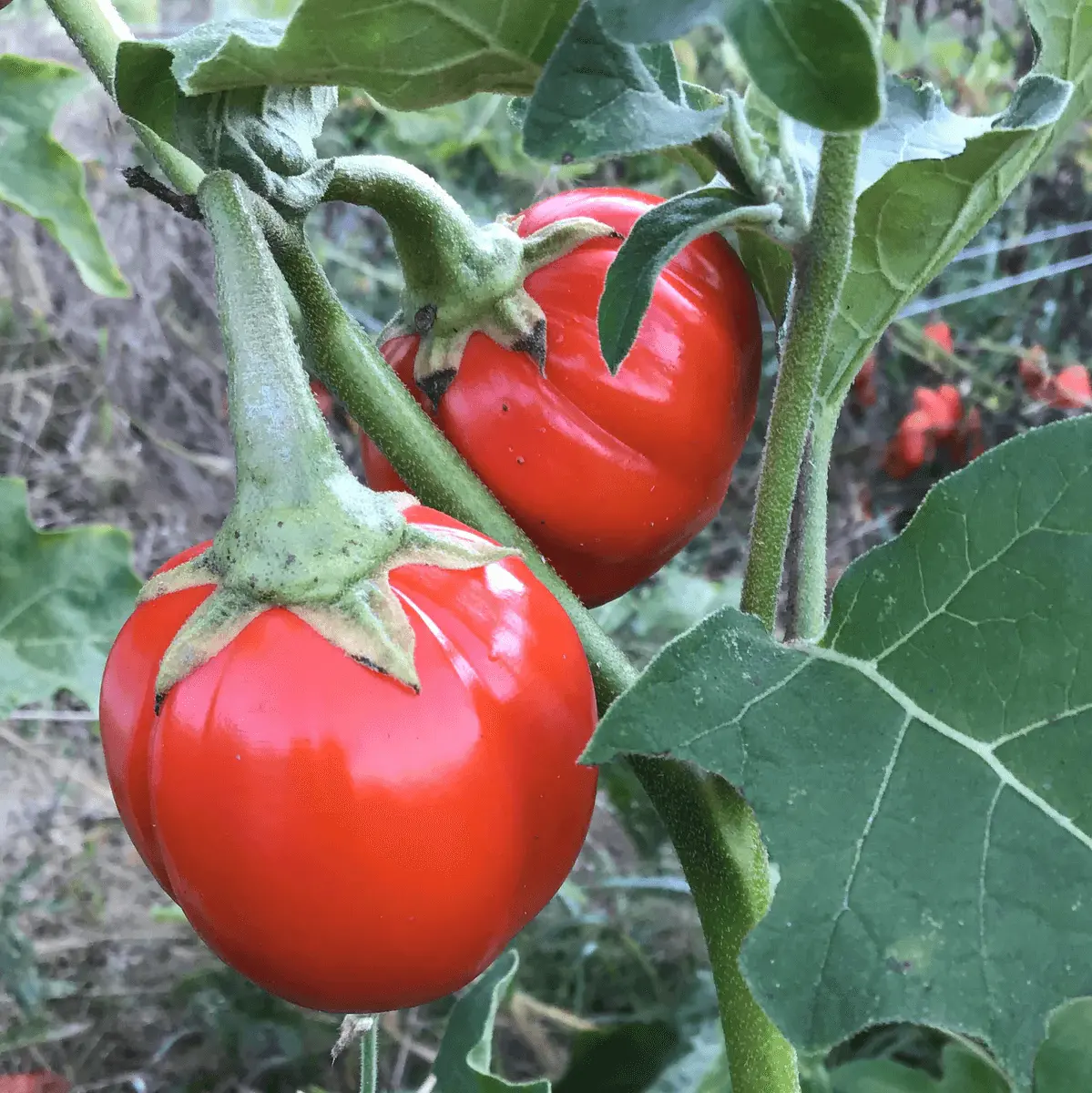
African Eggplant
The African eggplant (also known as garden egg, or Solanum aethiopicum) is a beautiful and nutritious plant that does very well in hot tropical places like parts of Africa and Asia. It bears small, round fruit that is red or orange when ripe but can also
Baby corn refers to the small ears of corn that are about 3-5 inches in size. These are some of the key features.
Baby corn is a very popular ingredient and is used in most Asian cuisines. Some common examples would be:
Baby corn is a very versatile vegetable that thrives in a warm, tropical climate but can be grown successfully in temperate zones as well. In order to cultivate baby corn, the following conditions are needed for ideal growth:
The seeds of Baby corn and those of typical corn are the same but there is a little variation in that they are smaller in size. These are some of the things that are discussed here:
Creating the right conditions is a good way to ensure the baby corn has a good germination rate. Here’s what users need to know:
The viability and vigor of baby corn seeds depend on storage conditions and age. To ensure good seed performance, consider the following:
Vigor Testing: Seed vigor can be evaluated with a cold test or an accelerated aging test. These tests try to predict if a seed would be able to germinate in a hostile environment.
Baby corn is typically started from seed using good growing practices. Here is how to plant baby corn seeds:
There are some common pests and diseases that you should know about:
The harvested baby corn needs to store properly as follows in order to keep it fresh and maintain the quality.
Baby corn is a great example of vegetables to grow as they are easy to grow and also in hot demand in the market. It is best suited to grow in a warm environment with full sun exposure and superb drainage, where it should be consistently watered. Baby corn tastes good and is healthy as well, it contains fiber and vitamins. With proper care including managing germination and preventing disease most gardeners can successfully grow baby corn.
The baby corn crop usually matures 60-70 days after planting.
Yes, baby corn can be grown in large pots as long as they have proper drainage and are placed in full sunlight.
Baby corn is harvested when the ears are still very young before the kernels mature. You’ll know it’s ready when the husk feels soft and the silk just begins to show at the tip

Patios, Walkways & Driveways
Victor Miller

Pest Identification & Prevention
Victor Miller
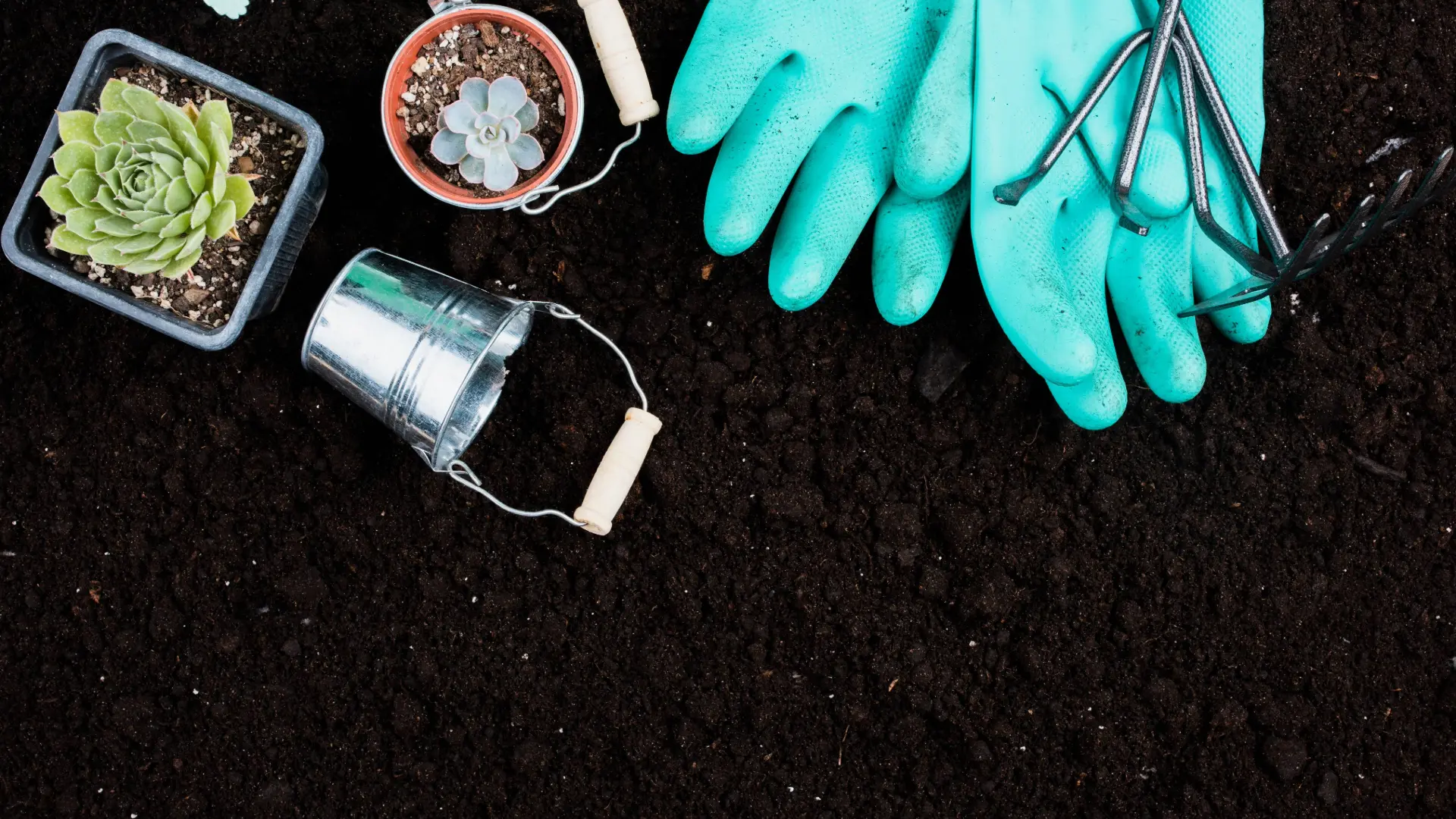
Soil Health & Fertilization
Gina Lazaarus
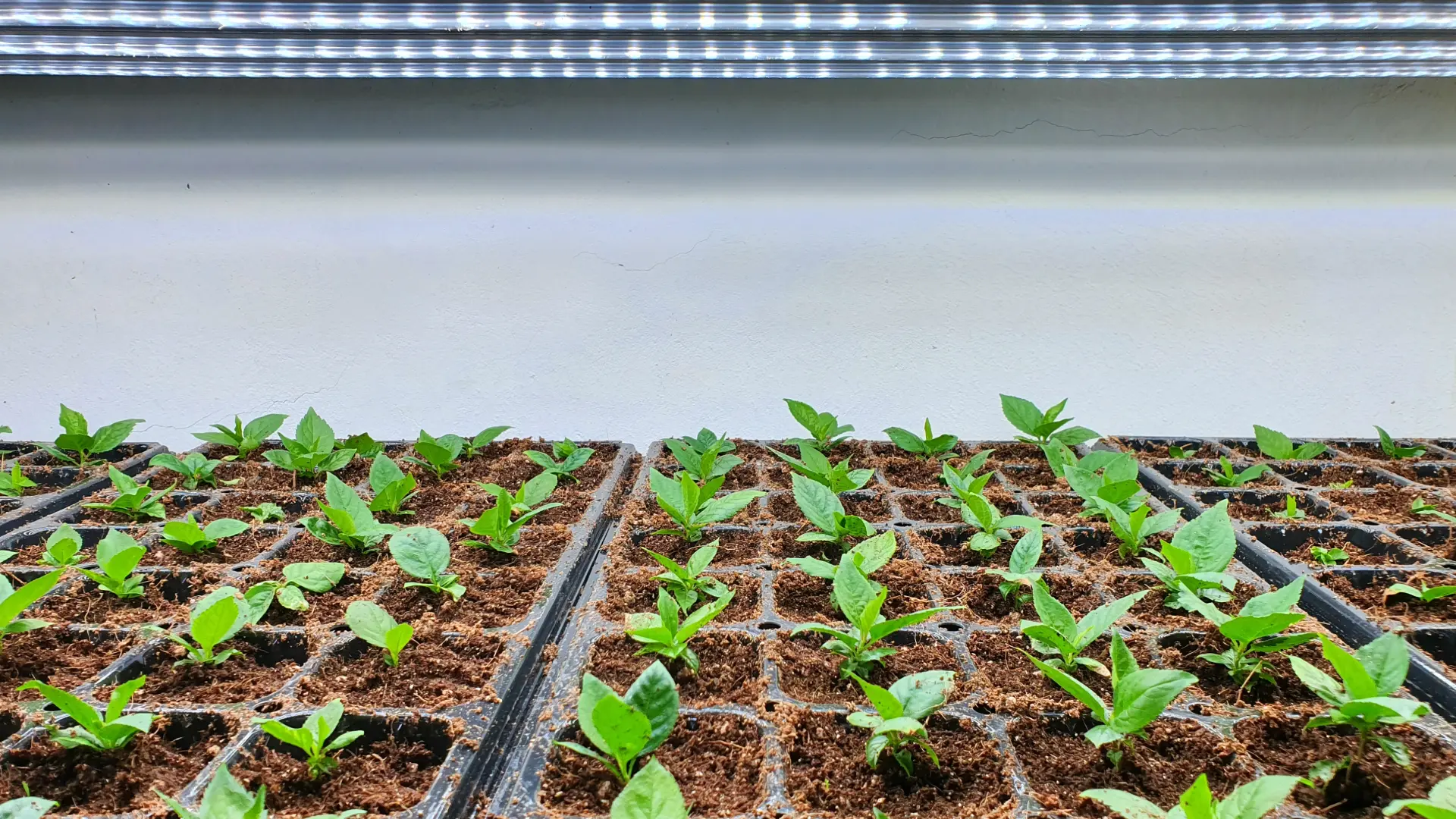
Lighting & Technique
Gina Lazaarus
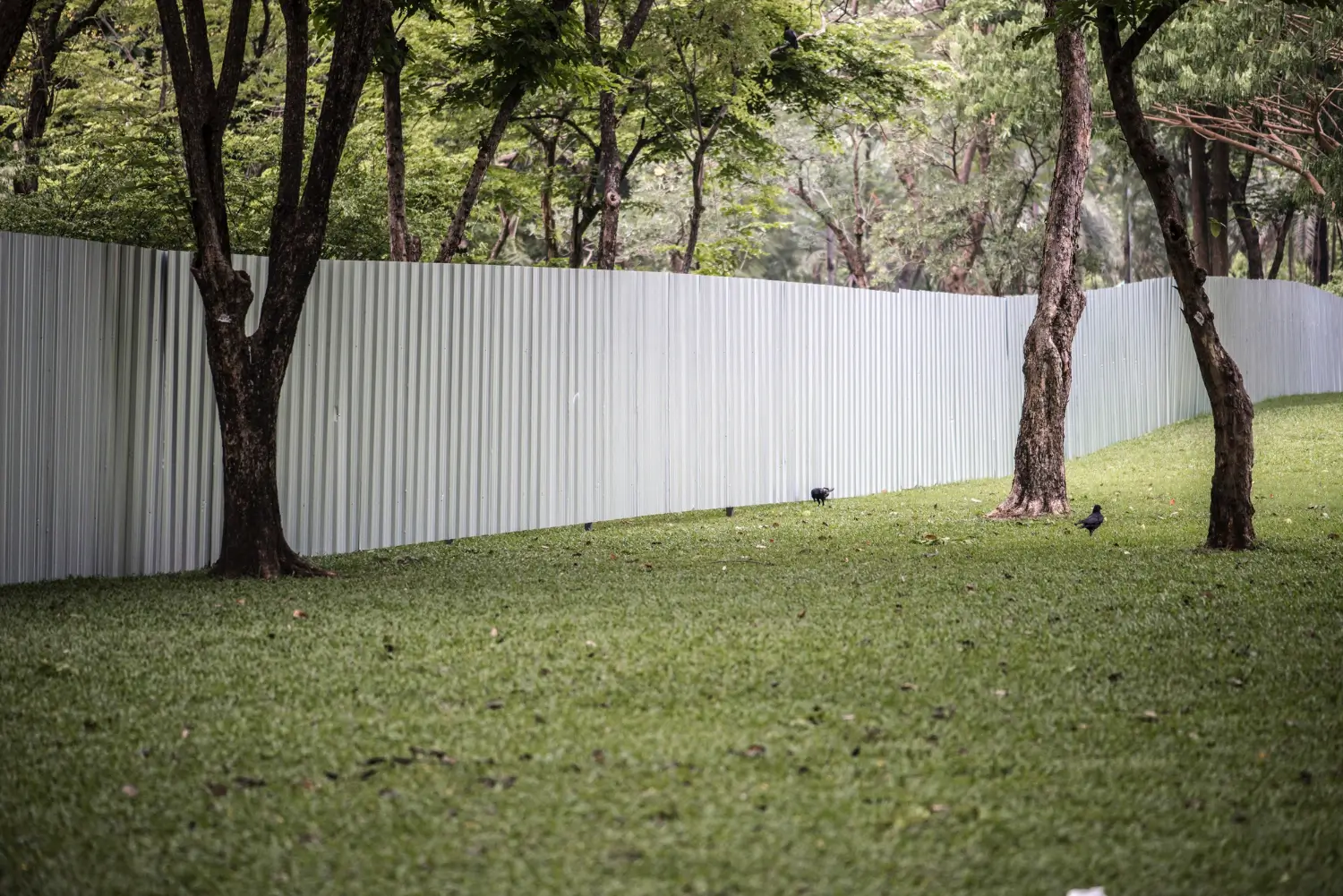
Construction Tips & Techniques
Victor Miller
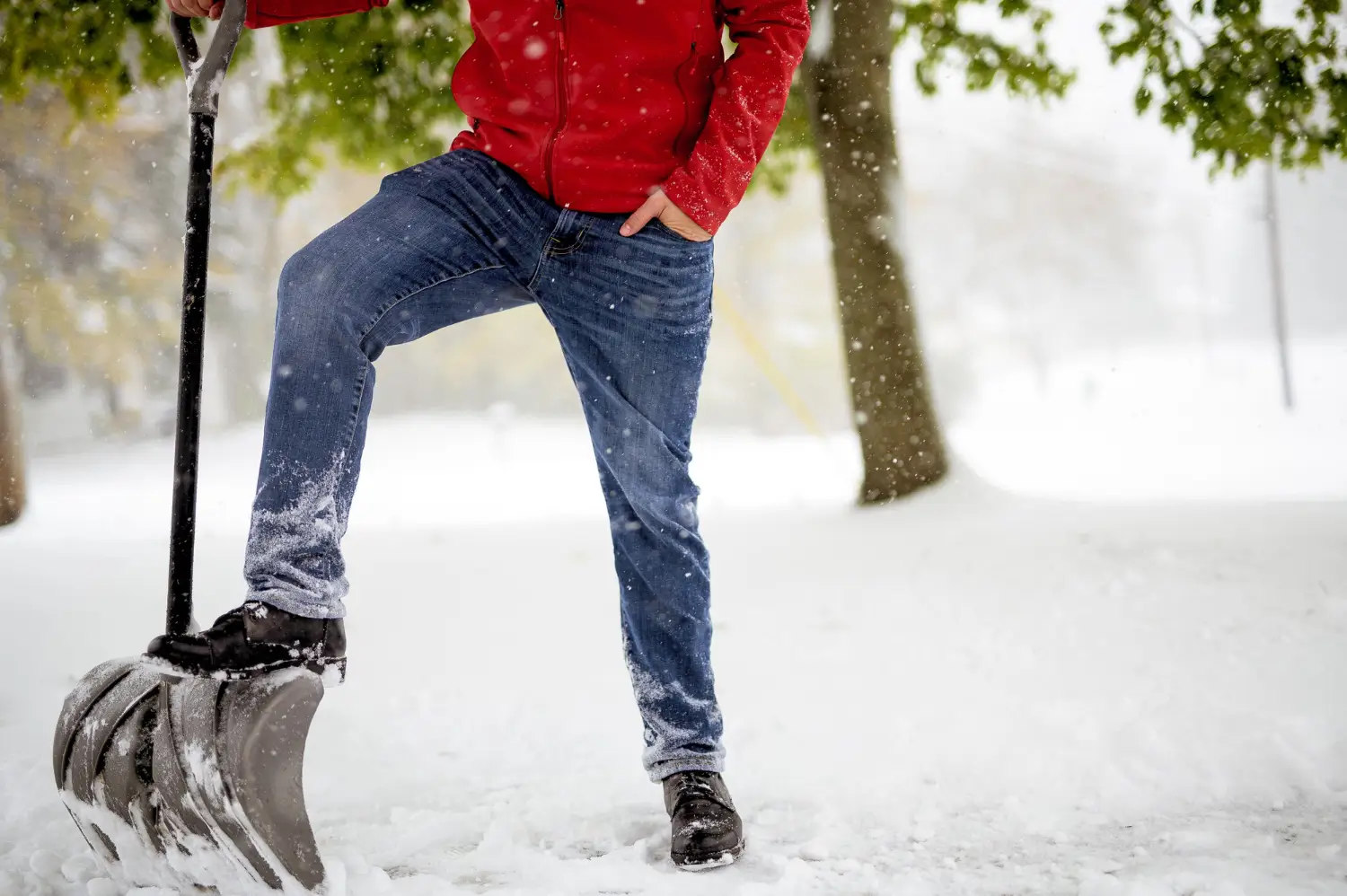
Maintenance & Equipment Tips
Victor Miller

Soil Health & Fertilization
Victor Miller

Organic Gardening
Gina Lazaarus
My Account
Our team is always here to help.
We are open Monday - Friday, 9:00 AM to 4:30 PM PST.